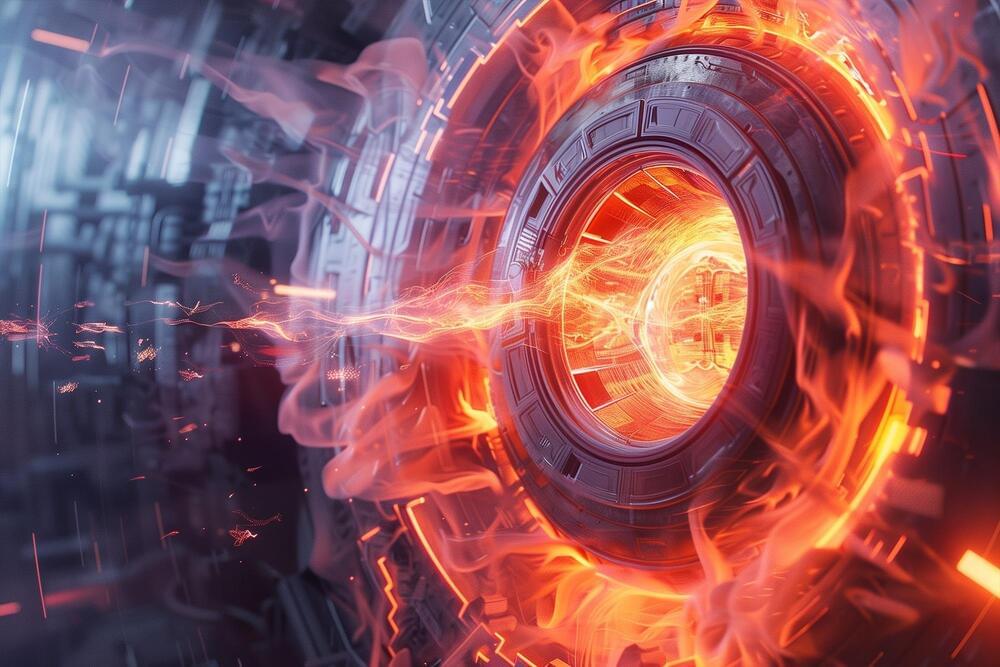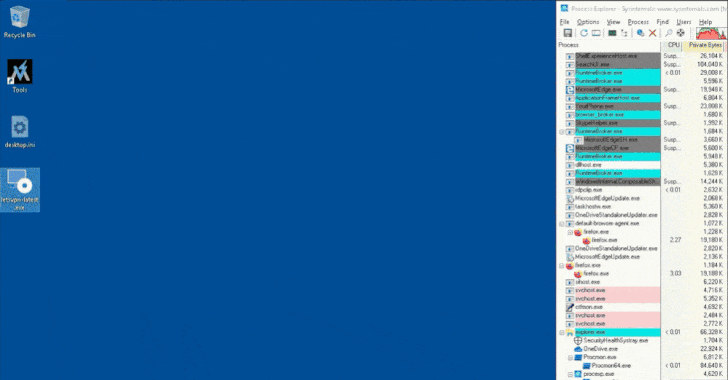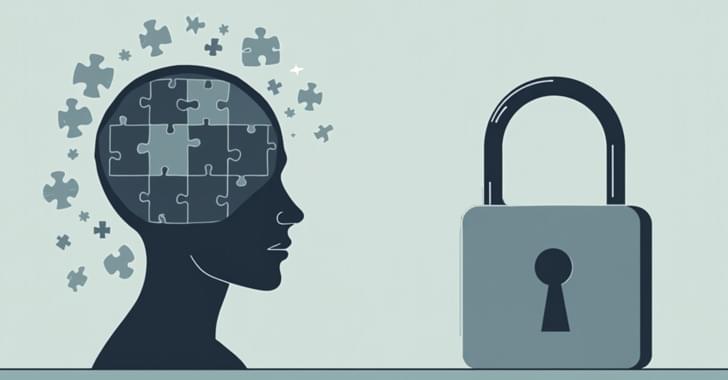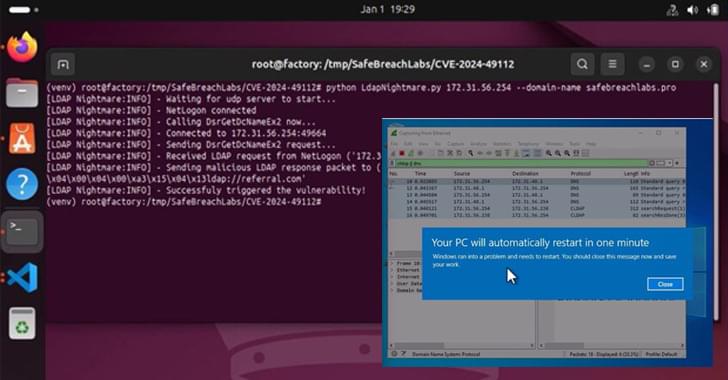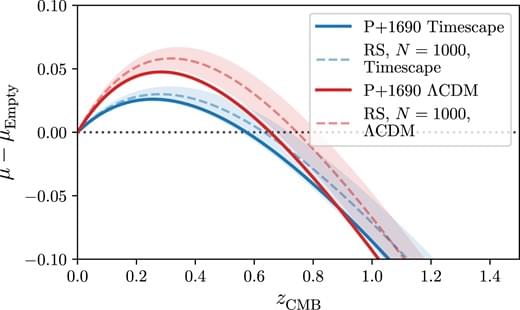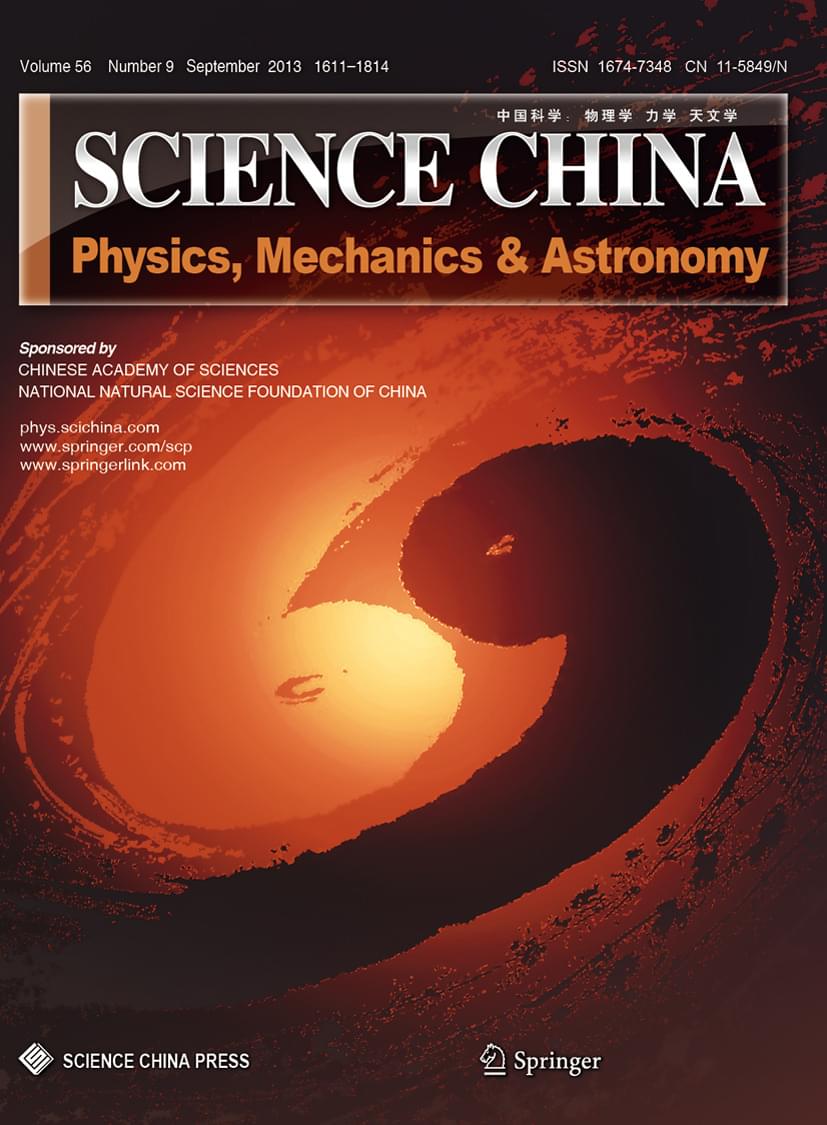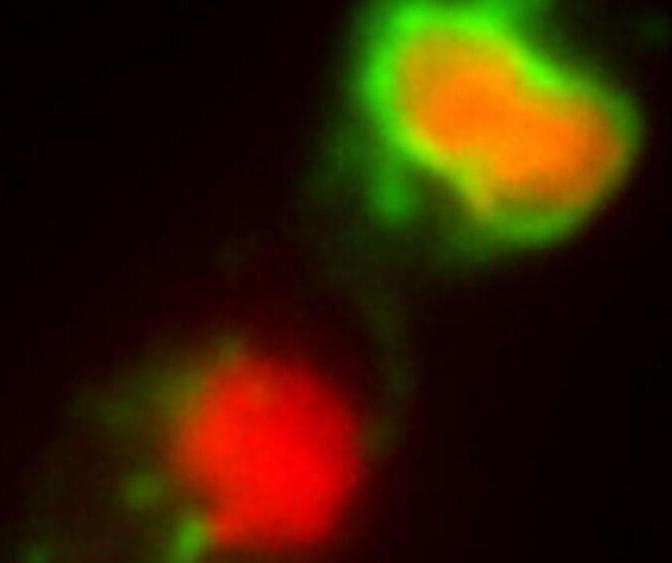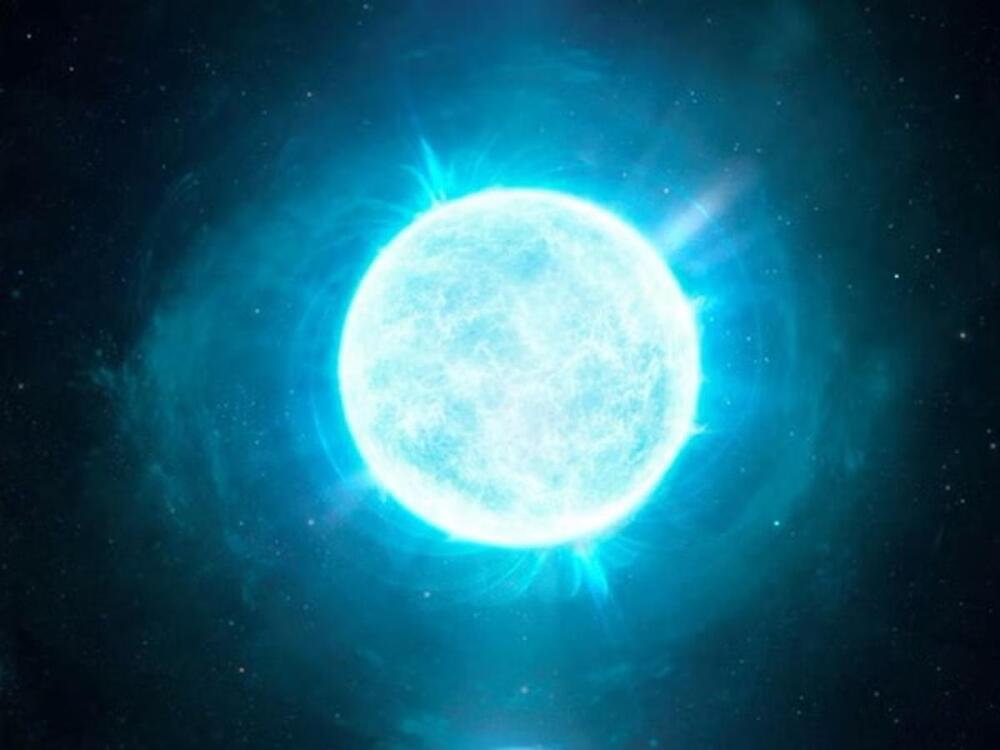Advances in inertial confinement fusion and innovative modeling have brought nuclear fusion closer to reality, offering insights into high-energy-density physics and the early universe.
The pursuit of controlled nuclear fusion as a source of clean, abundant energy is moving closer to realization, thanks to advancements in inertial confinement fusion (ICF). This method involves igniting deuterium-tritium (DT) fuel by subjecting it to extreme temperatures and pressures during a precisely engineered implosion process.
In DT fusion, most of the released energy is carried by neutrons, which can be harnessed for electricity generation. Simultaneously, alpha particles remain trapped within the fuel, where they drive further fusion reactions. When the energy deposited by these alpha particles surpasses the energy input from the implosion, the plasma enters a self-sustaining “burning” phase. This significantly boosts energy output and density.
